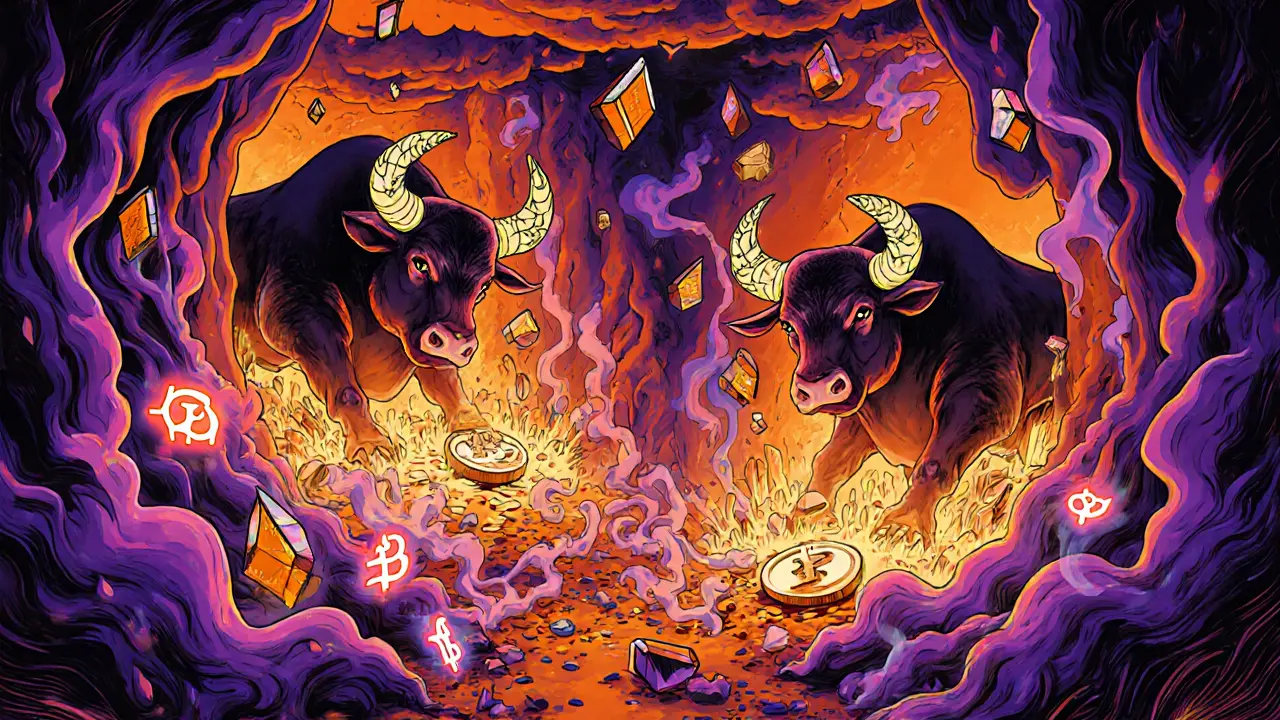BTC Bull Token Airdrop: What It Is, Why It Matters, and What You Need to Know
When you hear BTC Bull Token airdrop, a promotional distribution of tokens tied to Bitcoin’s price movement, often used to attract users to new or low-liquidity projects. Also known as Bitcoin bull run token giveaway, it’s usually a marketing tactic—sometimes real, often a trap. Most of these airdrops aren’t from established teams. They’re created by anonymous developers hoping to pump a token, dump it, and disappear. If someone’s offering free BTC Bull Token in exchange for connecting your wallet or sharing a tweet, they’re not giving you wealth—they’re asking for access to it.
Real airdrops don’t ask for your private key. They don’t require you to send crypto first. They don’t promise 100x returns overnight. Look at the projects that actually delivered: MetaSoccer NFT airdrop gave players actual in-game tokens tied to gameplay, not hype. HashLand Coin offered synthetic hash rate NFTs, not empty promises. These had clear rules, verifiable teams, and working products. BTC Bull Token? No whitepaper. No team. No roadmap. Just a name slapped on a token contract and pushed through Telegram groups and TikTok ads.
Why does this matter? Because the crypto space is flooded with copycat names. You’ve got BTC Bull Token, BULL BTC, Bitcoin Bull, Bullish BTC—each trying to ride the coattails of Bitcoin’s reputation. But tokens don’t gain value from their name. They gain value from utility, adoption, and real demand. If a token can’t be traded on major DEXes like Uniswap or DeGate, if it has zero trading volume, and if its contract was deployed yesterday, it’s not an investment—it’s a gamble with your security.
And don’t get fooled by fake CoinMarketCap listings. HaloDAO’s RNBW airdrop claimed ties to CoinMarketCap—it didn’t. HyperGraph’s HGT airdrop? Nonexistent. These are all red flags wrapped in professional-looking websites. The same tactics are being used for BTC Bull Token. If you see a logo that looks like it was made in Canva, a website with broken links, and no GitHub activity, walk away.
What you’ll find in the posts below are real examples of how airdrops work—or don’t. You’ll see how GeoDB’s GEO token faded into obscurity, how Seascape Crowns stopped distributing tokens years ago, and how Janro The Rat became a meme with no substance. You’ll also see what a legitimate airdrop looks like: clear rules, transparent distribution, and real utility. The difference isn’t subtle. It’s the gap between building something and stealing something.
If you’re looking to earn crypto without spending money, you’re not wrong to try. But you need to know what’s real. The next time you see a BTC Bull Token airdrop pop up, ask yourself: who’s behind this? What do they actually offer? And why should I trust them? The answers will save you more than any free token ever could.
Bull BTC Club and BTC Bull Token Airdrop: What’s Real and What’s Not
Bull BTC Club and BTC Bull Token are two different projects. One offers NFT-based Bitcoin mining. The other gives Bitcoin airdrops when Bitcoin hits price milestones. No CoinMarketCap airdrop exists. Know the difference before you invest.
